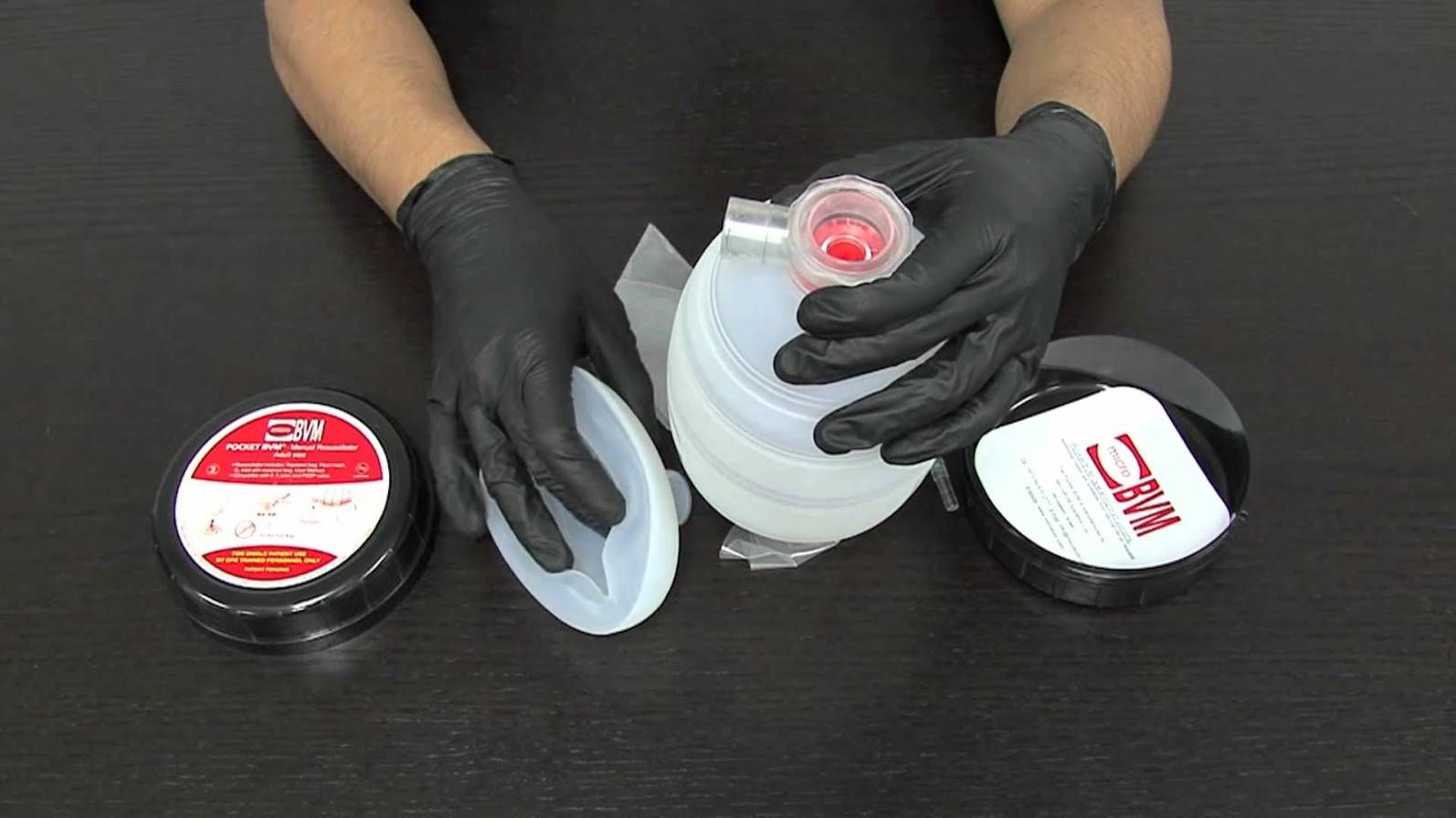
EN

6 made-in-Israel devices for disaster relief
Kim Jennings
Oct 7, 2015
Emergency aid workers have come to depend on products built from Israeli ingenuity for saving lives.
When disaster strikes anywhere in the world, Israelis are always among the first on the scene to offer search-and-rescue, first aid and secondary medical care.
Some of the most critical pieces of equipment they take with them to help victims of earthquakes, fires, typhoons, hurricanes and terror attacks are home-grown.
But these innovative devices are not just for Israeli aid workers. Here are six blue-and-white innovations that emergency responders in many countries keep at the ready in case of disasters. More are in development, to be discussed at today’s seminar on product innovation for first responders in Herzliya.
1. Water-Gen
After any kind of mass disaster, access to drinking water is a pressing concern. International aid workers regularly rely on a range of Israeli innovations to purify, store and transport the precious liquid. Among the most widely deployed solutions are the portable machines made by Water-Gen of Rishon LeZion to generate drinking water from the atmosphere and to purify existing water sources.
In November 2014, Foreign Policy magazine chose Water-Gen founder Arye Kohavi as one of its 100 Leading Global Thinkers of the Year “for pulling potable water from thin air.” Water-Gen received the 2014 Frost & Sullivan European Technology Innovation Leadership Award and was on Fast Company’s list of most innovative companies for 2014.
2. Pocket BVM
Among the Israeli medical innovations that Israeli volunteers brought to Nepal last May to treat earthquake victims was the Pocket BVM (bag valve mask), a uniquely collapsible version of an essential resuscitation and respiratory support device.
United Hatzalah paramedic Dov Maisel helped invent this product, commercialized in 2007 by Jerusalem-based MicroBVM (microbvm.com) and now used by the US military, NATO forces, the Israel Defense Forces and civilian emergency medical response teams. Pocket BVM folds into a protective case, allowing EMS workers to fit 20 of the devices into the space of two regular-sized resuscitators.
3. SkySaver
Introduced in 2005 as the Spider Rescue System, the Israeli-made SkySaver personal rescue device can evacuate a person weighing up to 300 pounds from a building up to 120 stories tall. The device is worn like a backpack and includes a fire-resistant cord that can rappel rescued people to safety. With its R&D and marketing in Jerusalem, SkySaver’s sales office is now based in New York.
4. Emergency bandage
A variety of trauma wound dressing products made by First Care Products originated with the Emergency Bandage (also trademarked as the “Israeli bandage”) invented by former Israeli military medic Bernard Bar Natan and widely used by first-responders in more than 50 countries to stanch bleeding from hemorrhagic wounds. It features a patented pressure applicator.
This is the bandage that Arizona medics used in 2011 to save the life of US Congresswoman Gabrielle Giffords after she was shot. In 2012, Texas-based PerSys Medical Group acquired First Care Products and has continued introducing related products to the emergency-care market.
5. Agilite Instant Harness and Injured Personnel Carrier
Established by IDF and US Army veterans, Agilite makes a line of lightweight rescue harnesses, including the world’s smallest Class II rappelling harness that was used to save the lives of South African miners trapped underground in 2013.
The Tel Aviv-based company also makes the Injured Personnel Carrier, a novel hands-free folding device that allows one rescuer to carry an incapacitated person like a “human backpack.”
6. Bone Injection Gun (automatic intraosseous device)
Paramedics often have to inject medications before evacuating a patient, whether for resuscitation or preventing a blood infection in a crush wound. Opening a vein line is difficult or impossible in many scenarios, such as in the dark or when a patient is trapped under rubble.
The spring-loaded Bone Injection Gun introduced by WaisMed of Herzliya in 1994 was the world’s first automatic intraosseous infusion device. Paramedics in more than 55 countries have used it to introduce medication directly into the bone marrow, which is just as effective as an IV. The paramedic only has to feel for the bone to get it positioned correctly. In 2014, WaisMed rolled out the newest version, the NIO, and was acquired by PerSys Medical.